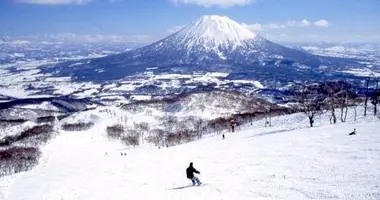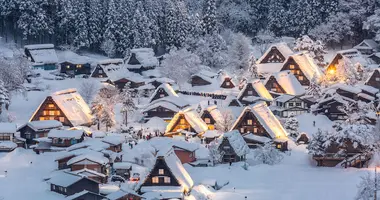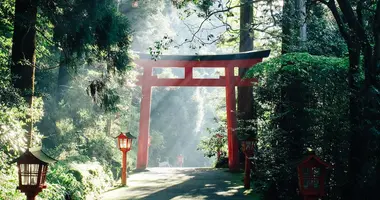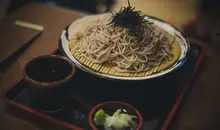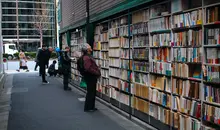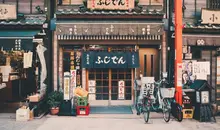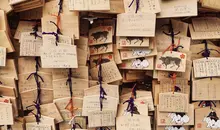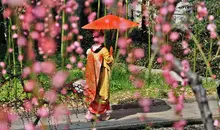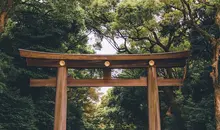WWOOF Japan Volunteering: A Cultural Exchange Through Organic Farming
- Published on : 10/05/2024
- by : Japan Experience
- Youtube
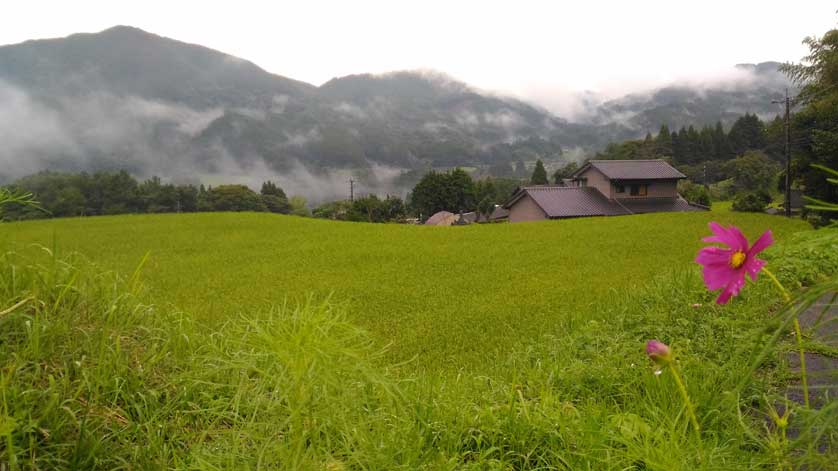
Asono Village in Oita
WWOOF Japan offers a unique opportunity to experience rural Japan and organic farms through volunteering. This program allows travelers to immerse themselves in Japanese culture, learn about sustainable farming practices, and forge meaningful connections with local communities. By participating in WWOOF Japan, you can gain insights into traditional Japanese lifestyles while contributing to organic farming initiatives across the country.
What is WWOOF Japan and how does it work?
WWOOF Japan, which stands for World Wide Opportunities on Organic Farms in Japan, is a program that connects volunteers with organic farmers and sustainable living projects throughout the country. The concept is simple:
- Volunteers (known as WWOOFers) work on organic farms or similar projects for 4-6 hours a day.
- In exchange, hosts provide meals, accommodation, and cultural experiences.
- There is no monetary exchange between hosts and WWOOFers.
- WWOOFers pay an annual membership fee of 5,500 yen to WWOOF Japan.
To become a WWOOFer in Japan, you need to register on the official WWOOF Japan site. After registration, you can browse through hundreds of host profiles and contact those that interest you. It's important to note that WWOOF does not provide visa sponsorship, so most participants enter Japan on tourist visas or working holiday visas.
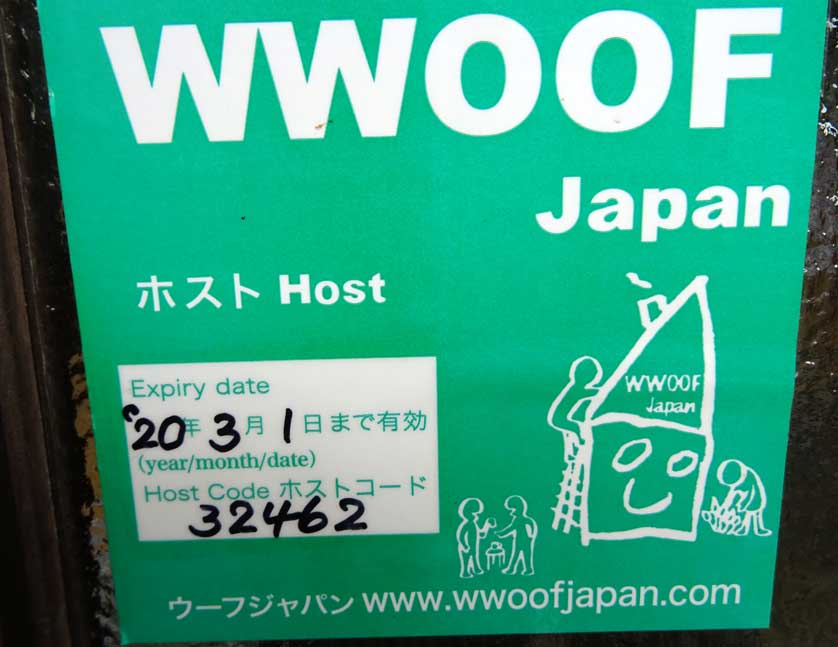
Official WWOOF Host Identification Sticker
Benefits of WWOOFing in Japan for volunteers and hosts
WWOOFing in Japan offers numerous benefits for both volunteers and hosts:
For Volunteers:
- Cultural immersion: Experience authentic Japanese rural life and customs.
- Language practice: Improve your Japanese skills through daily interactions.
- Cost-effective travel: Save on accommodation and food expenses.
- Skill acquisition: Learn about organic farming, sustainable living, and traditional crafts.
- Personal growth: Gain new perspectives and challenge yourself in a unique environment.
For Hosts:
- Extra help on the farm or with projects.
- Cultural exchange: Share Japanese culture and learn about other cultures from volunteers.
- Language practice: Opportunity to practice English or other languages with international visitors.
- Promote organic farming: Spread awareness about sustainable agricultural practices.
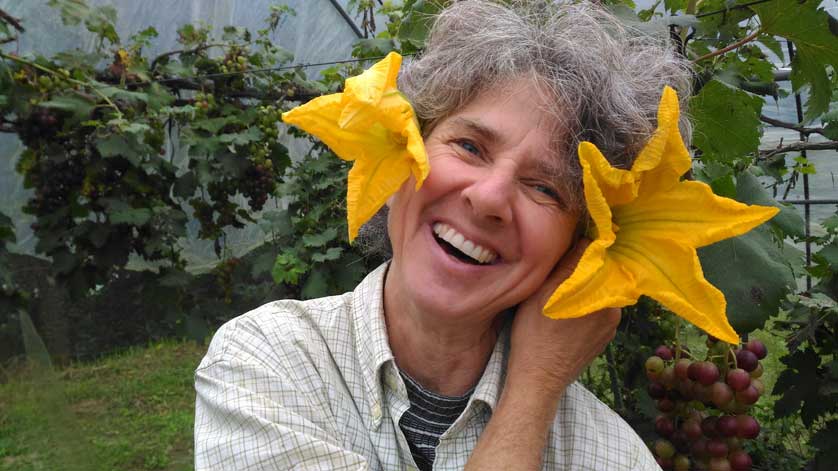
Happy WWOOF Host in Remote Oita
Types of WWOOF experiences available across Japan
WWOOF Japan offers a diverse range of experiences, catering to various interests and skills. Some popular types of WWOOF opportunities include:
- Vegetable and fruit farms: Work on organic farms growing a variety of produce.
- Rice paddies: Experience traditional Japanese rice cultivation.
- Animal husbandry: Help with livestock, including chickens, goats, and cows.
- Tea plantations: Learn about tea cultivation and processing.
- Permaculture projects: Participate in sustainable ecosystem design.
- Traditional crafts: Assist with pottery, weaving, or other traditional Japanese crafts.
- Guesthouses and eco-lodges: Help with hospitality and tourism-related tasks.
- Community projects: Engage in local initiatives focusing on sustainability and cultural preservation.
For example, you might find yourself harvesting rice in rural Kyushu, tending to an organic vegetable garden near Mount Fuji, or assisting with goat cheese production in Hokkaido. The variety of experiences allows WWOOFers to explore different regions of Japan and gain diverse skills.
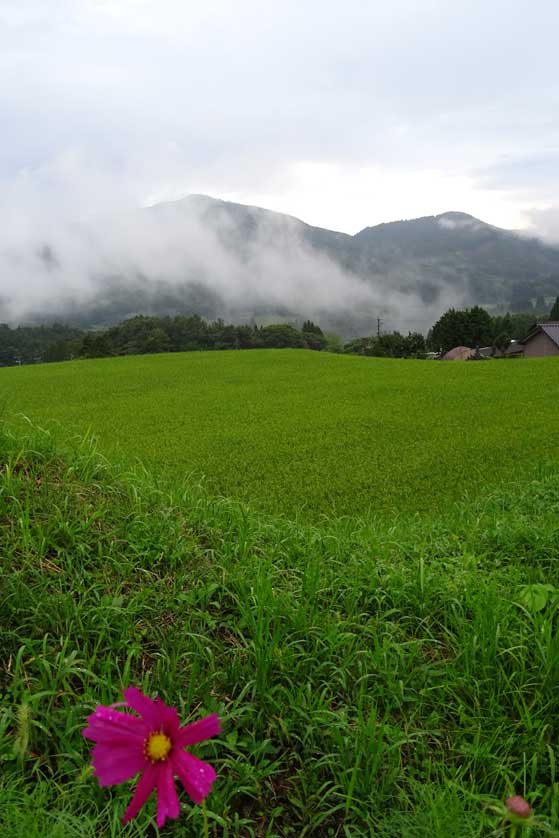
How to become a WWOOFer in Japan: Registration process and fees
To become a WWOOFer in Japan, follow these steps:
- Visit the WWOOF Japan website and click on "Register as a single adult WWOOFer".
- Complete the online registration form with your personal information.
- Pay the membership fee of 5,500 yen (approximately $50 USD) for a one-year membership.
- Create your profile and upload a photo after registration is complete.
- Browse the host listings and contact potential hosts through the WWOOF Japan messaging system.
It's important to note that WWOOF membership does not include travel expenses, insurance, or visa costs. These are the responsibility of the WWOOFer. Also, make sure to read the guidelines and other informational pages on the WWOOF Japan website thoroughly before contacting hosts.
Expectations and responsibilities of WWOOF volunteers in Japan
As a WWOOFer in Japan, you are expected to:
- Work 4-6 hours per day, usually 5-6 days a week. Specific schedules vary by host.
- Be flexible and adaptable to different living conditions and work environments.
- Respect Japanese customs and etiquette. For example, remove shoes before entering homes and be mindful of seasons in Japan when planning your stay.
- Participate in daily household activities, such as cooking and cleaning.
- Be open to learning new skills and taking on various tasks as needed.
- Communicate clearly with your host about your needs, expectations, and any issues that arise.
Remember that WWOOFing is not a typical holiday. You are there to contribute and learn, so be prepared for physical work and early mornings. However, most hosts provide time off for sightseeing and relaxation, often including visits to local hot springs or cultural sites.
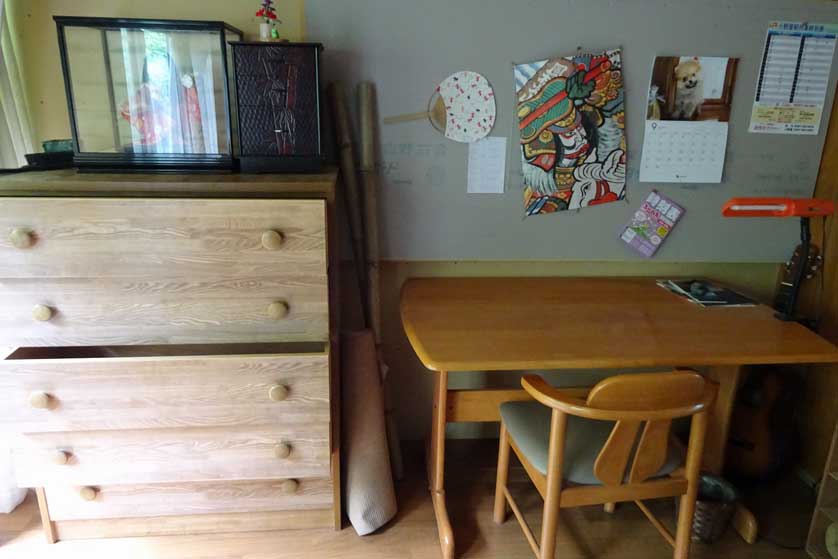
Room for a volunteer
Cultural immersion and language learning opportunities through WWOOFing
WWOOFing in Japan provides excellent opportunities for cultural immersion and language learning:
- Practice Japanese daily with your host family and local community members.
- Learn about Japanese customs and traditions firsthand, such as participating in local festivals or traditional tea ceremonies.
- Experience rural Japanese lifestyle, which differs significantly from urban Japan.
- Discover local cuisine by helping prepare and enjoying home-cooked Japanese meals.
- Engage in cultural activities like cherry blossom viewing or visiting nearby temples and shrines.
Many WWOOFers report significant improvements in their Japanese language skills during their stay. Some hosts even offer language exchange, where you can teach English (or your native language) while learning Japanese.
Tips for making the most of your WWOOF Japan experience
To ensure a rewarding WWOOF Japan experience, consider these tips:
- Research your host thoroughly. Read reviews from previous WWOOFers on the WWOOF page for each prefecture.
- Communicate clearly with your host before arrival about expectations, accommodation, and any dietary restrictions.
- Learn basic Japanese phrases before you arrive to facilitate communication.
- Bring appropriate clothing and gear for farm work and the local climate.
- Be open-minded and flexible. Every WWOOF experience is unique, and challenges can arise.
- Engage with the local community when possible to enrich your cultural experience.
- Keep a journal or blog to document your experiences and learnings.
- Take advantage of free time to explore the local area and nearby attractions.
- Connect with other WWOOFers through social media platforms like facebook.com/WWOOFinJapan or instagram.com/wwoofjapan to share experiences and tips.
WWOOFing in Japan offers a unique and rewarding way to experience the country's rural life, learn about organic farming, and immerse yourself in Japanese culture. By approaching the experience with an open mind and a willingness to learn, you can gain valuable skills, make lasting connections, and create unforgettable memories in the Japanese countryside.
